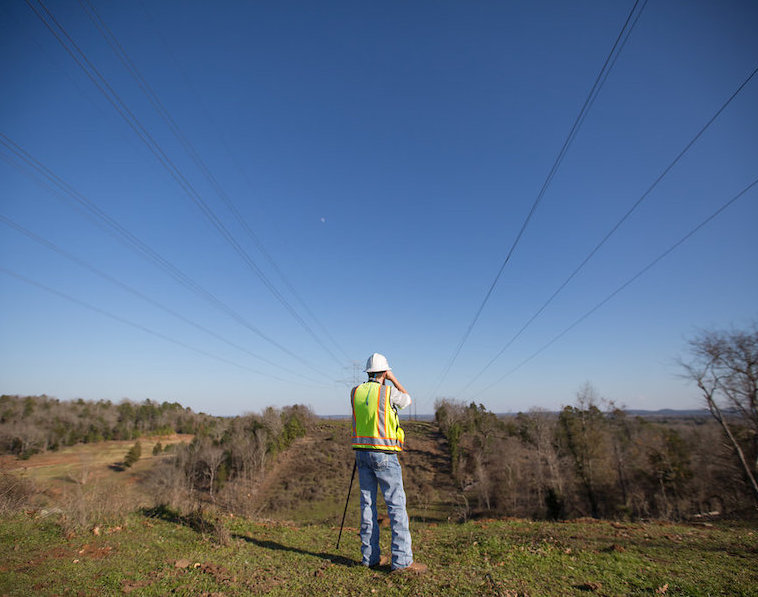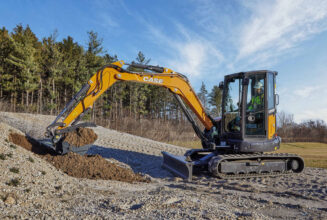The Consequences of Complacency

By Jeremy McCombs
Skipping one small step here and there may eventually lead to more serious dangers in the future. Complacency is a major hazard when employees cut corners and take shortcuts, whether it’s for the sake of comfort or to “just get the job done.”
Complacency — a feeling of calm satisfaction with your abilities or situation that prevents you from trying harder — is often a focal point when discussing workplace safety; but what does it mean?
This idea of self-satisfaction is often experienced by veterans in our industries — folks who, perhaps, are highly experienced, yet complacent of hazards. They are not unaware of the risk, but are more likely to accept those risks without taking the proper time to address known hazards because they have been doing the work for so long.
It can be easy for industry veterans to become numb to specific hazards, due to feeling confident in their skills. Repetition becomes automatic and workers “go through the motions” to satisfy protocol or policies.
Complacency comes well equipped with consequences.
The costs of complacency
What are the results of complacency in the workplace?
Lost work time. Preventable injuries, such as a rolled ankle from taking the shorter, risker walking path, could cost time off for healing.
Lost mobility or health. That log you just lifted by yourself will take a toll on your body in the long run. And when you absolutely must perform a task by yourself, remember to always use proper lifting techniques.
Lost family time. Someone loves you — they do not deserve to suffer for your mistakes or complacency.
Lost production. The few moments you gain with a shortcut will eventually cost everyone in the long run.
Permanent disability. Laziness is a choice, not a disease or disability. Don’t chance spending the remainder of your life in a wheelchair or missing an extremity by being complacent.
Death. This is certainly the absolute worst-case scenario, but, unfortunately, too many families have experienced this reality. Somewhere, a family is celebrating a birthday, wedding, or graduation without a loved one. Don’t let it be your family.
Conquering complacency
To conquer complacency — whether it’s in the field, on the road, or in the office — we need to go back to the basics and look at the tasks we perform with repetition, daily. Chances are, we aren’t taking the same precautions as when we first learned the task. Think back to the first few times you did that specific task; did you follow safety procedures more consistently?
Other ways to combat complacency can be done by auditing yourself — or better yet — having a coworker audit your performance regularly. Having someone else provide feedback can paint a clear picture of where you might be taking chances, and set a path for improvement.
Look for instances where you allow yourself to cut corners, leaving yourself open to increased risk. Hold yourself and others around you accountable to do the right thing the right way every time.
Discuss with your teams what risks you are leaving yourselves exposed to and hold each other accountable each time.
As leaders, make it your priority to keep your employees up to date on safety training and explain that complacency = a false sense of security.
The National Safety Council (NSC) offers tips on how to engage employees in the safety process.
1. Show that you care about workplace safety.
2. Integrate safety into your business objectives.
3. Empower employees to contribute to safety initiatives.
The NSC also suggests implementing a safety team/committee to address employee complacency with safety processes.
- Include employee representatives from all areas of your organization.
- Conduct regular safety meetings and periodically rotate employee representatives.
- Nominate members who will serve as safety champions.
- Recognize employees for their commitment to safety.
- Implement a safety suggestion program that responds to all suggestions.
- Allow employees to participate in investigations and facility walk-throughs.
Start deliberately making a habit to take the steps for eliminating worksite hazards. Once a positive action is repeated over and over, it will become automatic, and you will be much less likely to suffer an injury.
Complacency kills, and you are the cure!
Jeremy McCombs is a traveling crew trainer with ACRT Arborist Training. He is an ISA Certified Arborist and a Tree Care Industry Association Certified Treecare Safety Professional. In 2011, he earned an Emergency Medical Technician (EMT) certification and Low Angle/High Angle Ropes Rescue training through Columbia College’s Emergency Medical Services (EMS) program, in Sonora, Calif. McCombs has been involved in the tree care industry for more than 25 years and dedicated over a decade to wildland-urban interface vegetation management in the State of California.
For more information, resources and articles, visit www.acrt.com.



